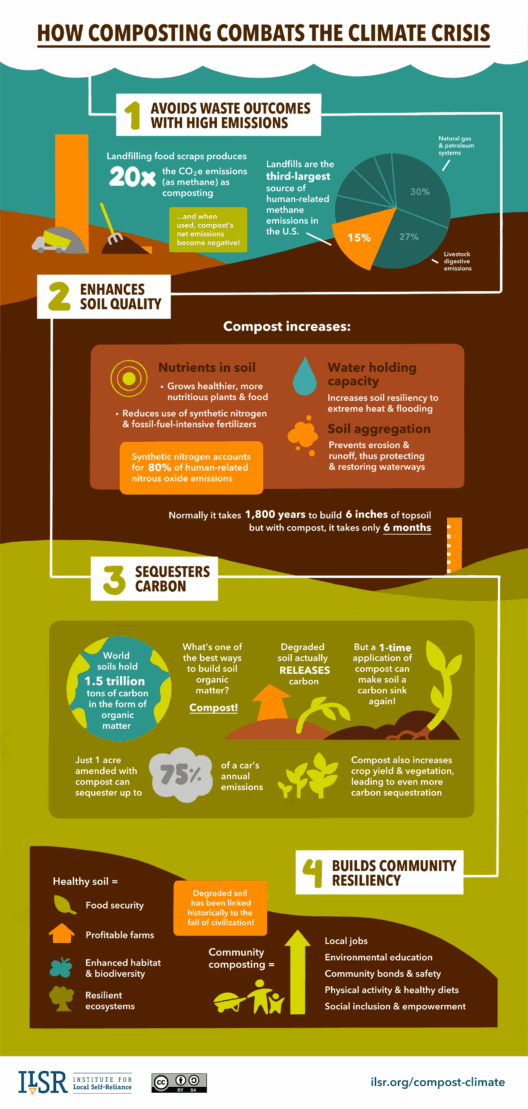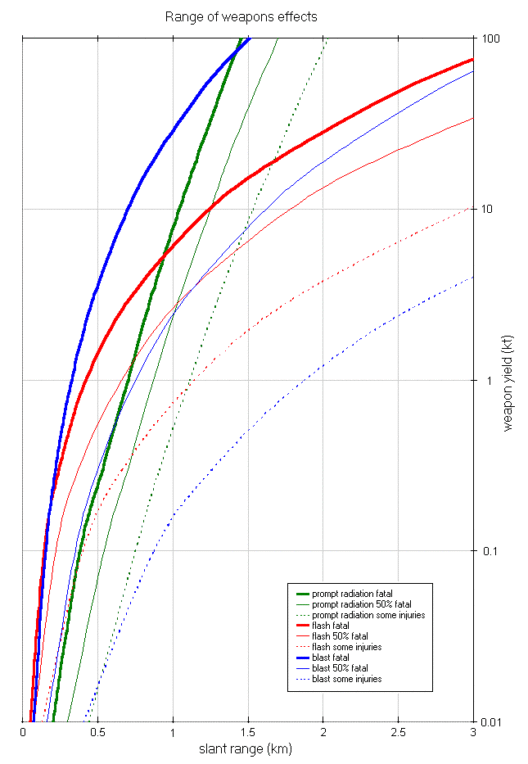Understanding how energy is transferred and conserved in cooking involves examining the various types of cooking oils and their thermal properties. This exploration reveals not only the science behind cooking but also illuminates how certain oils can contribute to energy efficiency in the kitchen. As energy conservation has become an urgent issue in the face of climate change, the significance of selecting appropriate cooking oils is more pertinent than ever.
Cooking oils are derived from a variety of sources, including plants, seeds, nuts, and even marine organisms. The most common culinary oils include olive oil, canola oil, coconut oil, and vegetable oil, each with distinctive chemical compositions and effects during the cooking process. When oil is heated, it undergoes physical and chemical changes. This is where the concept of energy transfer becomes crucial. Heat energy is absorbed by the oil and subsequently transferred to the food, a phenomenon governed by thermodynamics and molecular interactions.
At the molecular level, oils consist primarily of triglycerides—molecules composed of glycerol and fatty acids. When heat is applied, these triglycerides break down, allowing for the release of heat energy. The breakdown varies significantly among different oils based on their fatty acid composition. Saturated fats, found notably in coconut oil, have a stable structure, requiring higher temperatures before they begin to decompose. Conversely, unsaturated fats, such as those in olive oil, are more susceptible to oxidative degradation when exposed to high heat.
Further dissecting the science behind oil composition, it is essential to consider the smoke point of each oil. The smoke point is the temperature at which an oil begins to smoke and deteriorate, releasing free radicals and potentially harmful substances. Olive oil has a relatively low smoke point when compared to oils like avocado oil or refined canola oil, which can withstand higher temperatures before undergoing thermal degradation. Using oils with appropriate smoke points for specific cooking methods—sautéing, frying, or baking—can enhance energy efficiency by minimizing waste and maximizing flavor.
Energy conservation in cooking does not merely pertain to the oil itself; the method employed also plays a pivotal role in energy transfer. For instance, methods such as stir-frying and sautéing tend to use less oil and heat than deep-frying, which requires significantly more oil and energy to maintain high temperatures. It is noteworthy that the surface area of the cooking vessel can impact heat distribution as well. Utilizing a pan with a larger surface area may facilitate more uniform heating, allowing for a quicker transfer of energy from the flame or heating element to the oil and subsequently to the food.
Furthermore, the choice of cooking equipment can markedly influence energy use. Induction cooktops, for example, are known for their energy efficiency. They transfer energy directly to the pot or pan, leading to rapid heating with minimal loss. When combined with suitable oils, the synergy between the heating method and the oil’s thermal properties can lead to optimal energy efficiency.
In addition to the properties of the oil and cooking method, food preparation techniques can also impact how energy is conserved. For instance, cutting vegetables into smaller pieces increases their surface area, allowing them to cook faster and requiring less energy. The use of lids while cooking can trap heat and moisture, further reducing the time needed for food to reach the desired cooking temperature. Such methods combine to create a holistic approach to energy conservation in the kitchen.
The nutritional profile of cooking oils is also an important consideration. Different oils impart distinct flavors and health benefits. For example, olive oil is abundant in monounsaturated fats and antioxidants, making it a popular choice among health-conscious consumers. Understanding these health aspects encourages responsible consumption and promotes the selection of healthier oils that also enhance the cooking experience.
Emerging research into cooking oils and their environmental impact highlights the broader implications beyond the kitchen. The sustainable sourcing of oils is critical as global demand rises. The cultivation of oil plants can lead to deforestation and habitat loss if not managed responsibly. Opting for sustainably sourced oils, such as organic olive oil or responsibly harvested avocado oil, can minimize the environmental footprint associated with cooking oil production.
Another consideration is the disposal of used cooking oils. Used cooking oils should not be poured down the drain, as they can lead to plumbing issues and environmental damage. Instead, recycling programs that can convert waste oils into biodiesel offer a more sustainable option, transforming potentially harmful waste into energy. This creates a closed-loop system that is not only energy-efficient but also environmentally responsible.
In conclusion, understanding energy transfer and conservation through the lens of cooking oils necessitates a multifaceted approach. From the molecular structure of oils to cooking methods, equipment, and environmental considerations, each element plays a role in how energy is utilized in the kitchen. By selecting the appropriate oils, employing energy-efficient cooking techniques, and considering the environmental impact of our choices, we can engage in informed culinary practices that promote sustainability and contribute to mitigating climate change. It is through this integrated understanding that we can affect positive change in our kitchens and beyond, proving that every choice matters in the broader context of our planet’s health.








